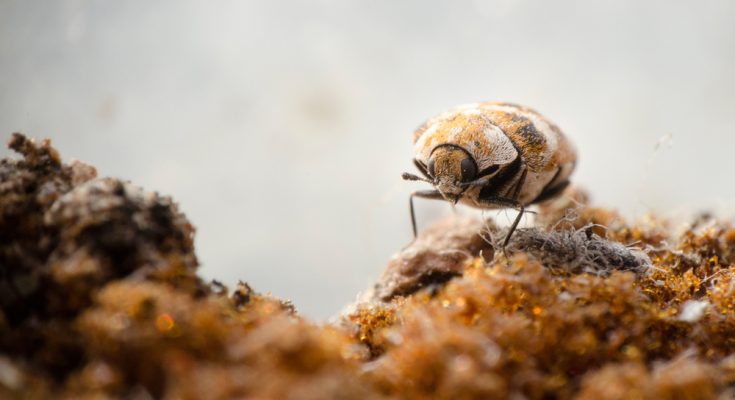Pests at home are a perennial challenge for homeowners all over the country. According to research, nearly 84% of American homes have some kind of pest issue at least once a year, and messy environments make those odds even worse. Home organization directly correlates to pest infestations (this is not coincidental; it is biological). Rodents and insects look for suitable habitats that provide shelter, food sources, and undisturbed breeding places, and all of these things are easily found in a disorderly setting.
Homes filled with clutter can live with up to three times the number of insect species than well-kept homes. The link between disordered homes and unwanted enterers makes the order a powerful first line of defense against them after consulting an Exterminator in Colleyville.
Cluttered Homes vs. Tidy Ones: How Infestation Works?
Here is a quick table of differences to help you understand how pest infestation works in tidy and cluttered homes.
| Feature | Cluttered Homes | Tidy Homes |
| Food Sources | Multiple food particles hidden in clutter, forgotten edibles in piles | Limited access to food, regular cleaning removes crumbs and residue |
| Hiding Places | Abundant shelter in boxes, papers, and unused items | Fewer concealment options, pests more visible and vulnerable |
| Moisture Levels | Higher humidity in crowded spaces, leaks may go unnoticed | Better air circulation, quicker detection of water issues |
| Detection Difficulty | Pest signs often hidden until populations grow large | Early warning signs more visible, allowing prompt intervention |
| Common Pests | Cockroaches, carpet beetles, silverfish, rodents, bed bugs | Typically fewer species and smaller populations if present |
| Treatment Effectiveness | Pest control treatments less effective due to barriers | Treatments reach target areas more effectively |
There’s a causal connection between clutter and pest problems, not just a correlation. Cluttered spots become a number of microhabitats, each of which allows pests to develop colonies without disturbance. Silverfish and booklice are especially drawn to paper products as they consume the cellulose and starches found in those materials.
A study also highlighted residences with heavy paper clutter hosted silverfish populations nearly three times larger than those found in well-ordered environments.
Another important factor is moisture retention, which can help keep things from drying out. Stacked articles hamper airflow, forming humid microclimates that draw in damp-loving pests, including cockroaches and millipedes. These damp conditions (or pest-friendly zones) can persist in otherwise dry homes. Most troubling may be how clutter makes it difficult to detect and treat pests.
How To Keep Your Home Tidy?
There are a lot of steps you should be taking to ensure your house remains tidy and away from pests.
Daily Maintenance Routines
These 7 pest prevention habits all start with setting up some consistent cleaning habits. Homes with daily cleaning schedules have 60 percent fewer pest encounters compared with properties that undergo irregular maintenance. Prioritize high-risk areas like kitchens and bathrooms with quick daily wipe-downs of counters and sinks. Sweep or vacuum often, especially in food areas, to keep crumbs off the floor. Studies have confirmed that even minute amounts of food can harbor astonishing quantities of pests — a single cracker can feed several cockroaches for a week or more. Use a “clean as you go” approach during cooking and meal preparation to avoid accumulating food debris that attracts insects.
Strategic Storage Solutions
It greatly limits how conducive the environment is to pests. Store food in sealed plastic containers (cardboard serves both as food and shelter for many insects). Homes using plastic reported 40 percent fewer paper pest issues than those using cardboard. Make sure to regularly rotate what you have stored to prevent them from nesting where your stuff is, and leave space between your storage containers and walls to eliminate hidden corridors for the pests. Store clothes in garment bags or sealed containers, rather than open stacks, to avoid giving fabric pests such as clothes moths and carpet beetles a steady breeding ground in susceptible textiles.




